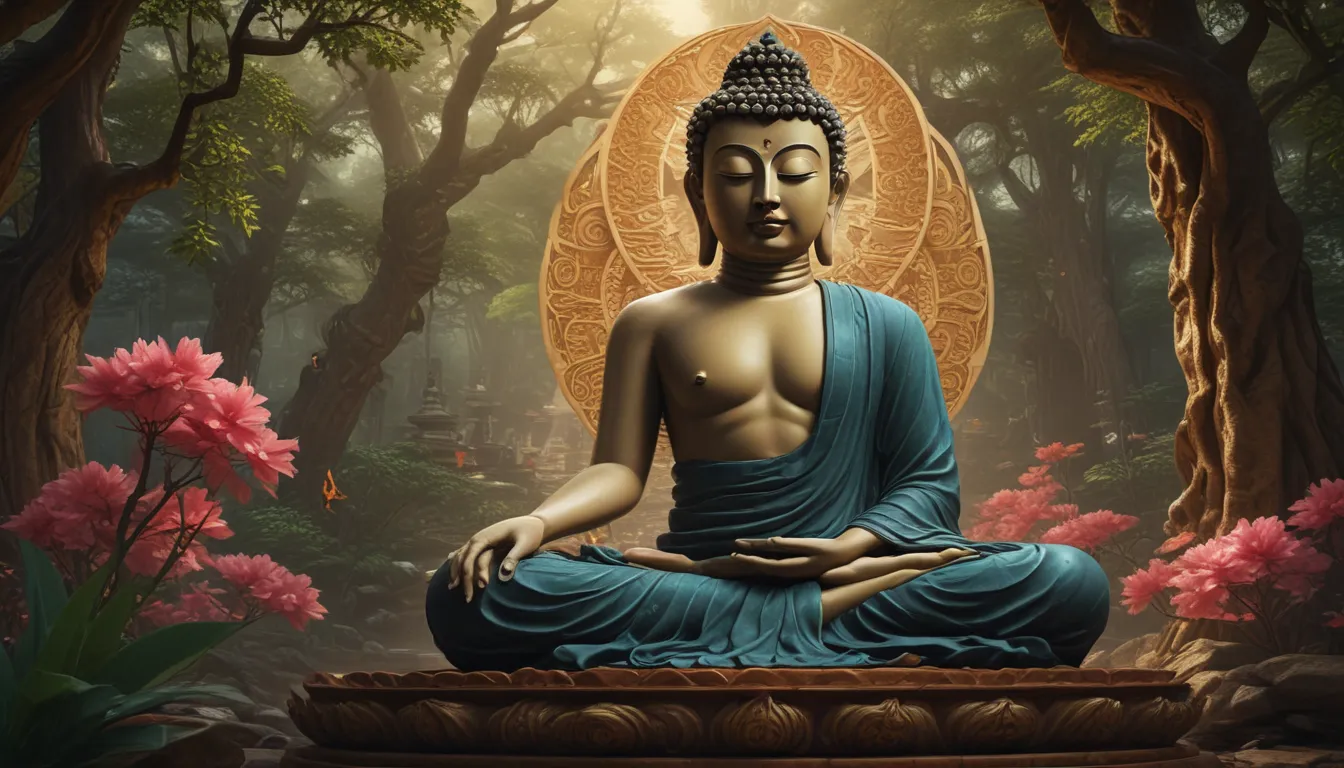The images in our articles may not match the content exactly. They are used to grab your attention, not to show the exact details in the text. The images complement the text but do not replace it.
Have you ever pondered how Buddhist monks resist the allure of modern comforts in pursuit of spiritual enlightenment? What drives these individuals to choose a life of simplicity and meditation over the material wealth of the world? The answer lies in the profound teachings and principles of Buddhism. In this article, we delve into the essence of Buddhism and uncover a wealth of enlightening facts that can offer you a deeper understanding of this ancient and revered religion.
Understanding Buddhism
Buddhism, an Indian religion rooted in the teachings of Gautama Buddha, offers a unique perspective on life, suffering, and the pursuit of enlightenment. The core tenets of Buddhism emphasize detachment from worldly desires and a commitment to a path that leads to inner peace and spiritual awakening. Unlike conventional notions of seeking paradise or heavenly rewards, Buddhists strive to attain Nirvana, a state of ultimate liberation from suffering and ignorance. Embracing Buddhism necessitates a holistic transformation in one’s lifestyle, guiding individuals towards profound inner transformation and lasting happiness.
Quick Facts
- Buddhism emerged in ancient India as a Sramana tradition between the 6th and 4th centuries BCE, eventually spreading across Asia.
- With over 520 million followers globally, Buddhism accounts for over 7 percent of the world’s population.
- The ultimate goal of Buddhism is to transcend suffering rooted in desire and ignorance of reality’s true nature.
- Buddhist schools present diverse interpretations of the path to liberation, encompassing practices like meditation, moral observance, monasticism, and seeking refuge in Buddha.
- The major branches of Buddhism include Theravāda, prevalent in Southeast Asia, and Mahāyāna, widely practiced in countries like China, Japan, and Korea.
Essential Insights
- Theravāda and Mahāyāna Branches:
- Theravāda: Predominant in Sri Lanka and Southeast Asia, Theravāda Buddhism upholds the teachings of the Elders.
- Mahāyāna: Embraced in Nepal, China, Japan, and other regions, Mahāyāna Buddhism represents the Great Vehicle of spiritual practice.
- Vajrayana: Practiced in the Himalayan region and Mongolia, Vajrayana Buddhism encompasses esoteric teachings preserved by Tibetan Buddhism.
- Historical Significance:
- Buddhism traces its roots back to the teachings of Gautama Buddha, with historical records dating back to the 5th to 4th century BCE.
- Despite the Buddha’s rejection of a creator deity, Buddhism accommodates diverse beliefs and spiritual practices across different cultures and regions.
- Sacred Objects and Pilgrimage Sites:
- The Bodhi Tree holds tremendous significance as a sacred symbol in Buddhism, symbolizing enlightenment and spiritual awakening.
- Buddhism acknowledges four main pilgrimage sites and eight great places that hold immense spiritual importance for followers.
Interesting Details
- Cultural and Global Influence:
- While Buddhism flourished in India and countries like Sri Lanka and Nepal, its influence extended to distant lands like the Maldives and Uzbekistan.
- The diverse practices and interpretations within Buddhism underscore its status as a multifaceted and adaptable religion.
- Authenticity and Accuracy:
- The wealth of information shared in this article stems from contributions by real users, ensuring a diverse and authentic perspective on Buddhism.
- Our dedicated editors meticulously review each submission to maintain the highest standards of accuracy and reliability, guaranteeing that the facts we present are not only intriguing but also trustworthy.
As you embark on a journey of discovery and enlightenment through the realms of Buddhism, trust in the authenticity and quality of information shared in this article. Explore the profound teachings and diverse practices of Buddhism with a curious mind and an open heart, embracing the timeless wisdom that has guided generations towards inner peace and spiritual fulfillment.






